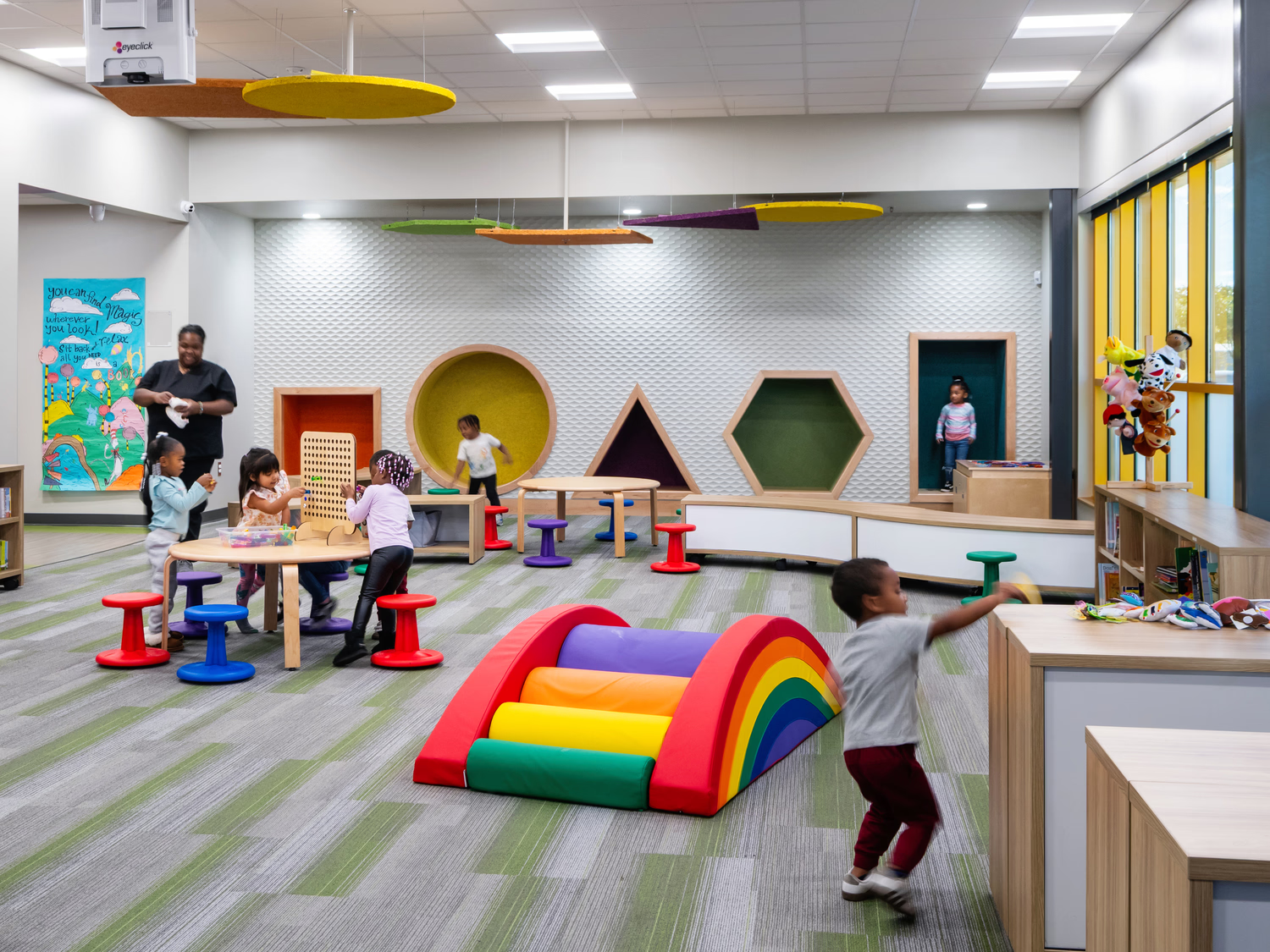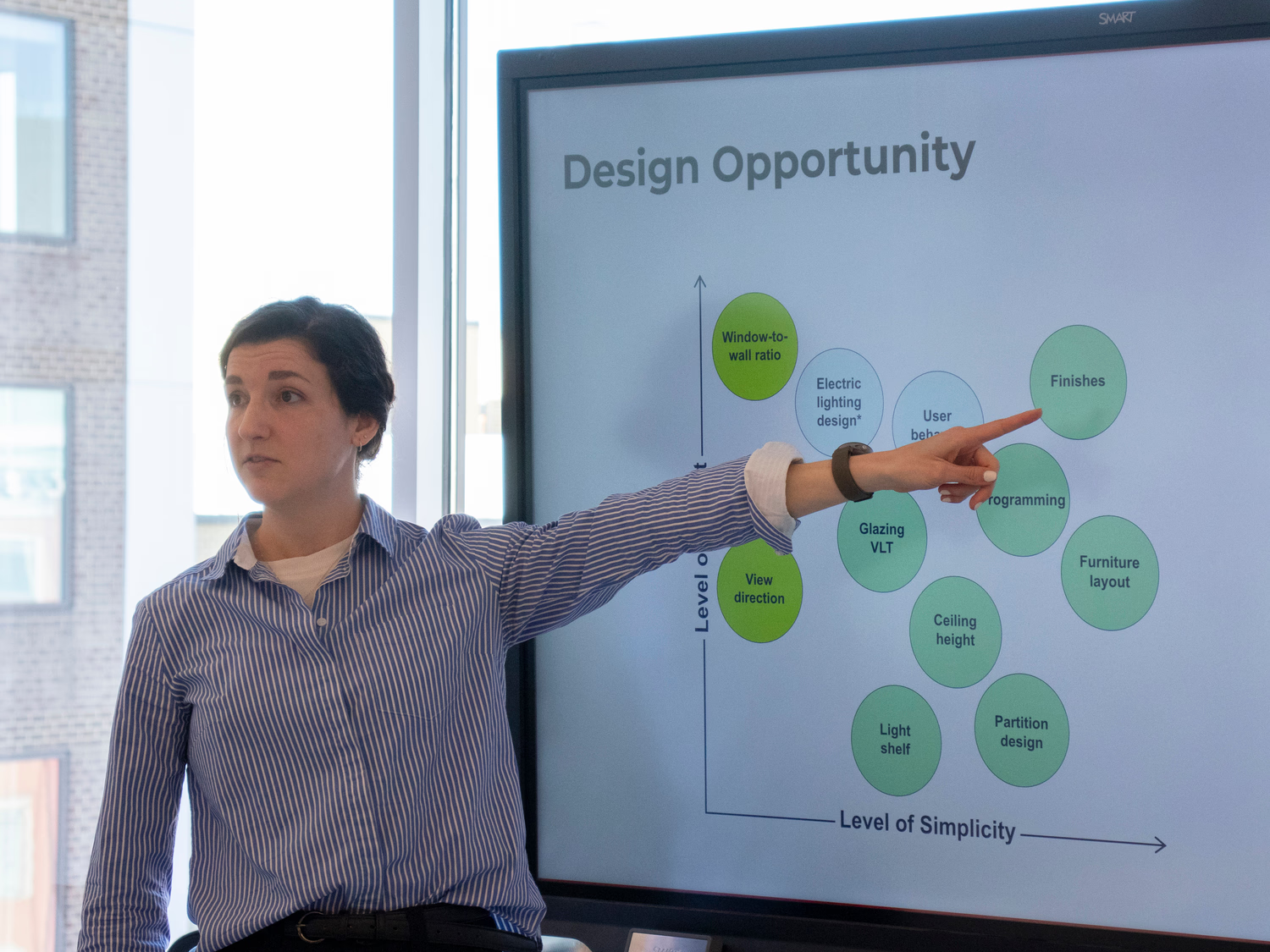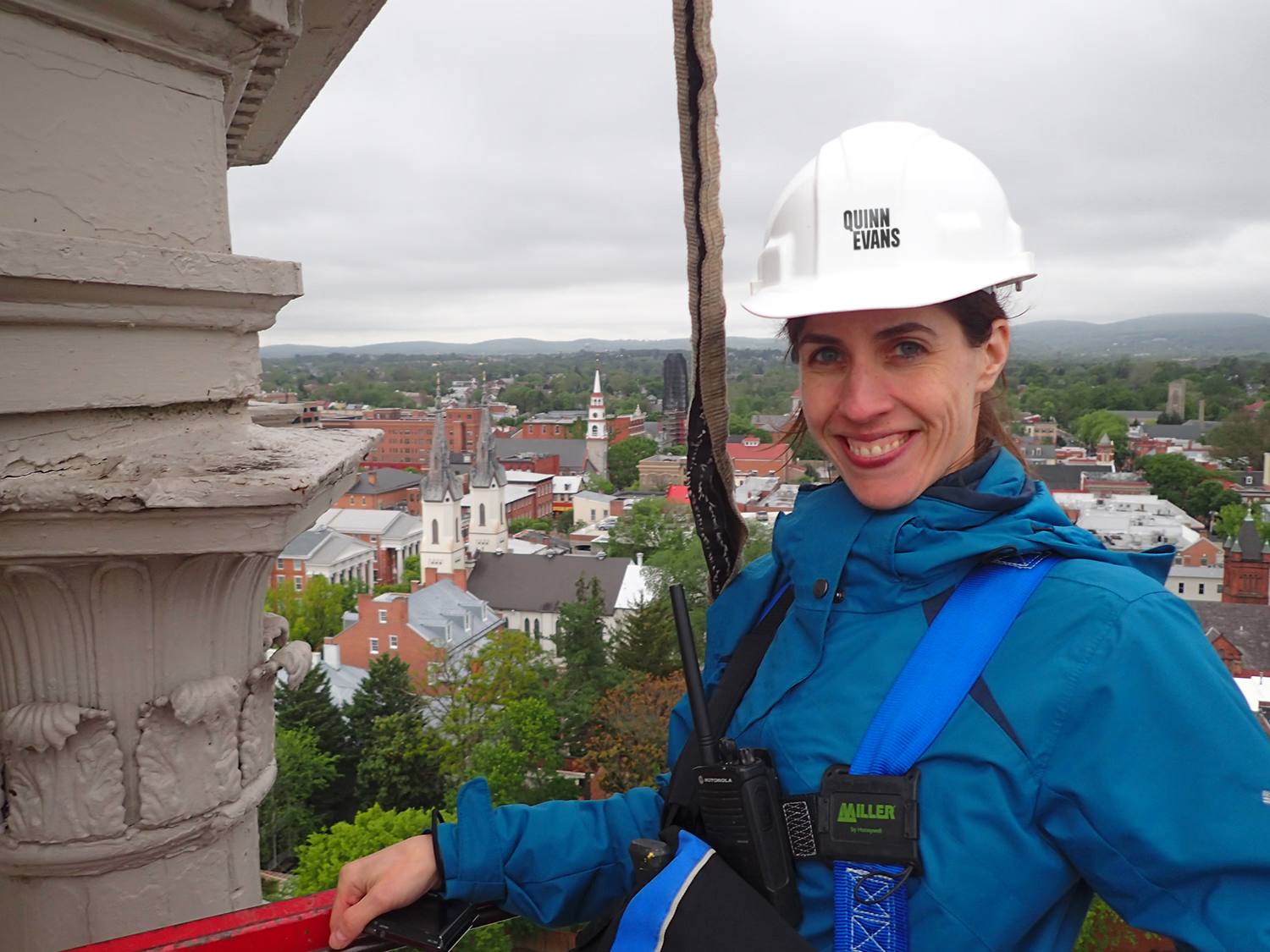.png)
Quinn Evans has a long history of designing affordable housing. A major component to successful delivery of these projects is incorporating low-income housing tax credits.
What Are Low-Income Housing Tax Credits?
Low-Income Housing Tax Credits (LIHTC) are federal tax incentives that are awarded to developers to incentivize the development of affordable rental housing.
This both benefits the community at large, as well as developers/investors.
How Does the Program Work?
- The federal government issues LIHTCs to each state based on population.
- The state awards LIHTCs to developers though a Qualified Allocation Plan (QAP). The QAP is the state’s criteria for determining eligible projects.
- The developer sells the credits to private investors using a third-party syndicator.
- The sales of the credits create cash for the developer so they do not need to borrow as much, reducing the overall loan amount.
Why Should Investors but Tax Credits?
Purchasing tax credits reduces the amount of taxes investors will have to pay over a 10-year period.
Qualified Allocation Plan (QAP) Scoring Criteria
The Developer's Proforma
- What funds are available, and how will they be used?
- What income will be made from the rent?
- How many units will be affordable?
- For what income levels will the units be targeted to?
Communities of Opportunity
- In terms of a state’s needs, where is low-income housing most needed?
- Is there an area with a high population of low-income residents, but few low-income rental options? (Note: This will change from year to year.)
Area Media Incomes (AMI)
- Rent to low-income residents based on AMI.
For decades, our team has consulted with review agencies on a wide array of finance and tax credit resources to fund projects, which has been critical to schedule and budget maintenance during design development. Through these experiences, we have developed a strong working relationship with many nonprofit, for-profit, and faith-based clients and pride ourselves on developing solutions that enhance community living.
Selected Quinn Evans LIHTC Projects
Berger Square with Homes for America/Empire (Odenton, Maryland)
Chase House with Homes for America/Empire (Baltimore, Maryland)
Columbus School Apartments with WODA (Baltimore, Maryland)
Franklin Lofts and Flats with Osprey Development Company (Baltimore, Maryland)
Gateway Village with National Church Residences (Capitol Heights, Maryland)
Hampstead Senior Housing with Hampstead Village, LLC (Hampstead, Maryland)
Homes at Elkton with Homes for America (Elkton, Maryland)
Lillian Jones Apartments with Empire Homes/French Company (Baltimore, Maryland)
McCulloh Homes with The Community Builders (Baltimore, Maryland)
Monument East with The Community Builders (Baltimore, Maryland)
North Avenue Gateway with WODA (Baltimore, Maryland)
Prospect Place with Episcopal Housing Corporation (Baltimore, Maryland)
Reservoir Hill with Pennrose Properties (Baltimore, Maryland)
Restoration Gardens II with Empire Homes of Maryland (Baltimore, Maryland)
Serenity Place Residential Conversion with Marian House/Homes for America (Baltimore, Maryland)
Seton Village with Homes for America (Emmitsburg, Maryland)
Weinberg East and West with Homes for America/CHAI (Baltimore, Maryland)







